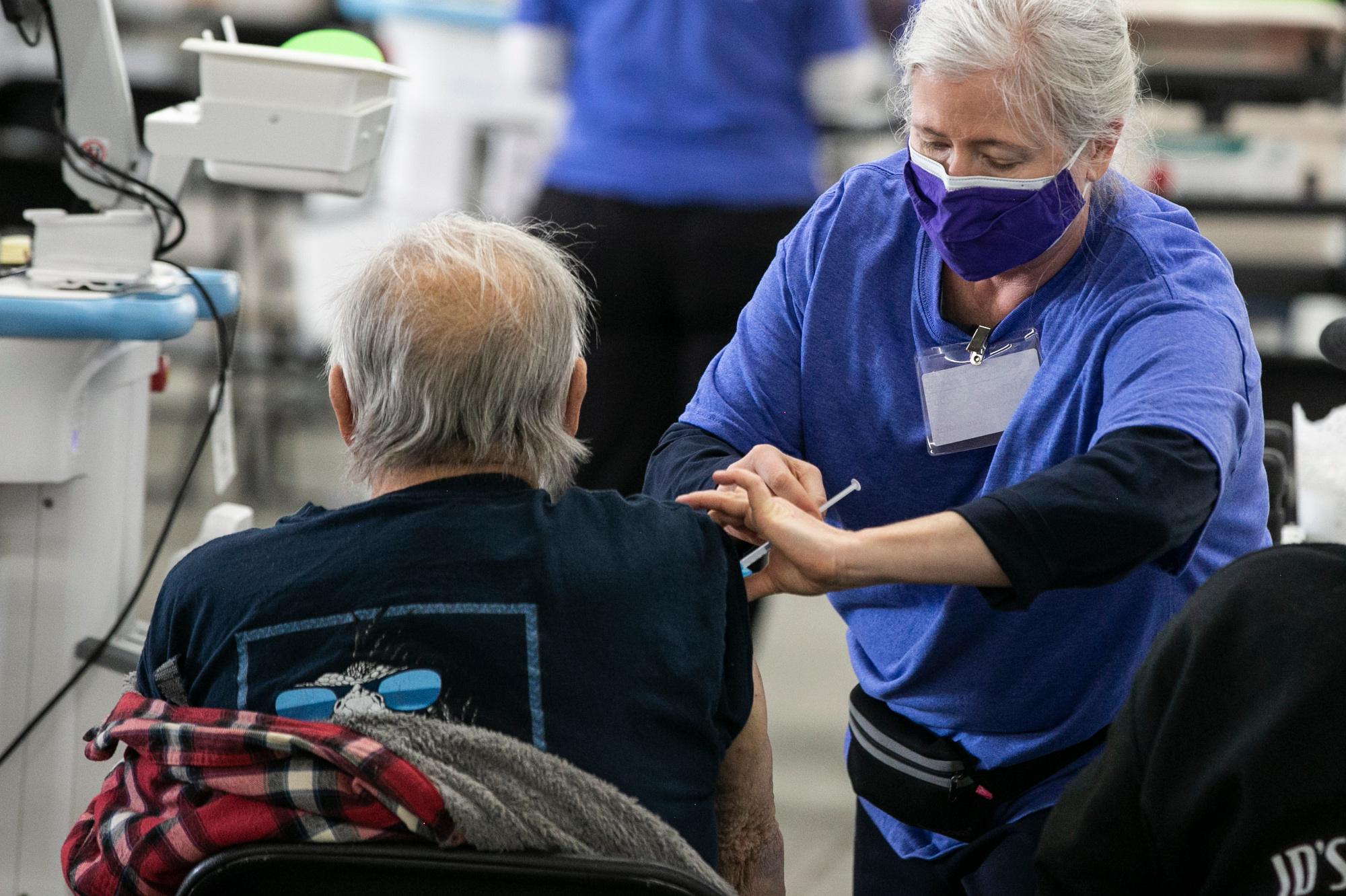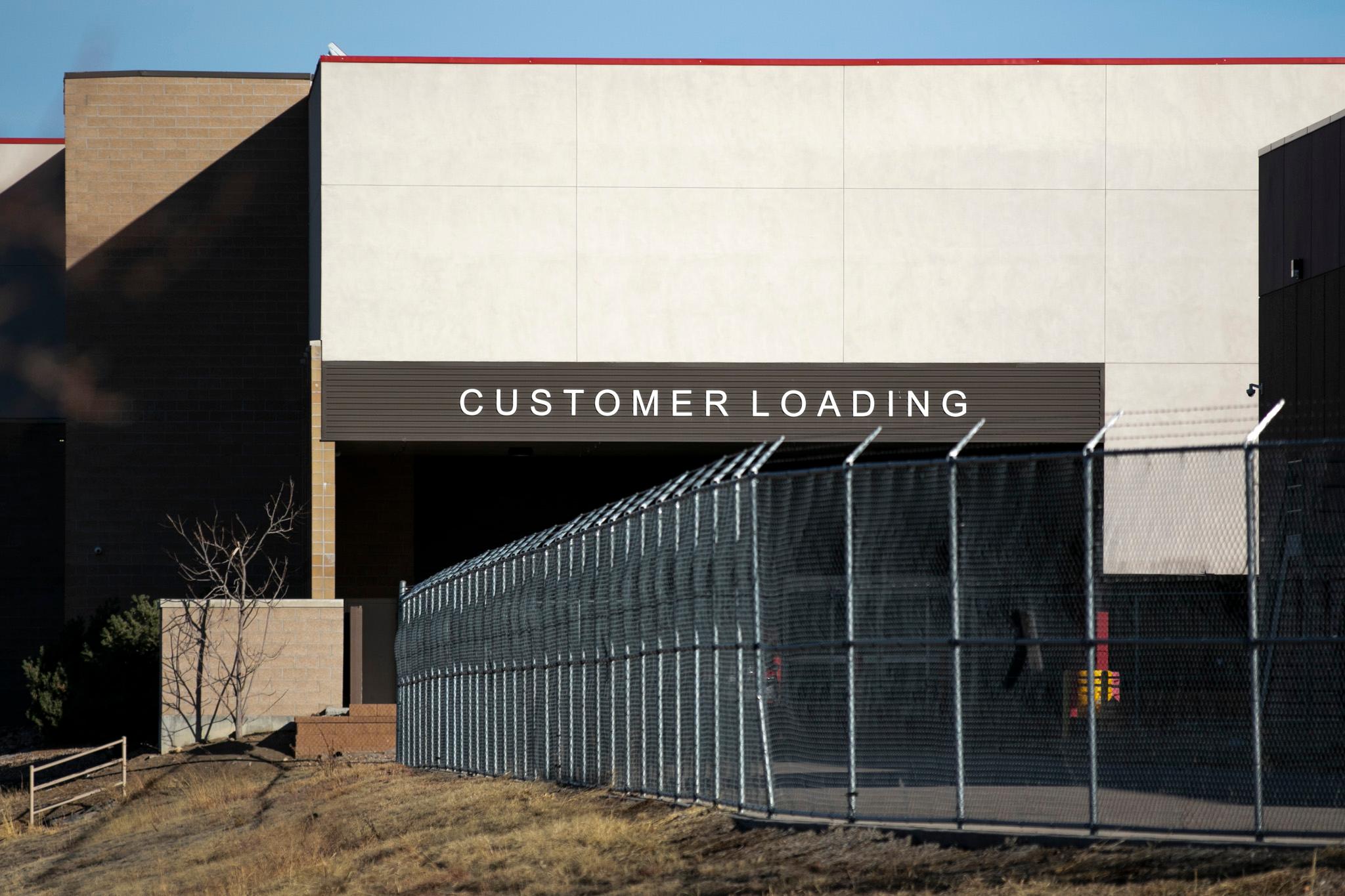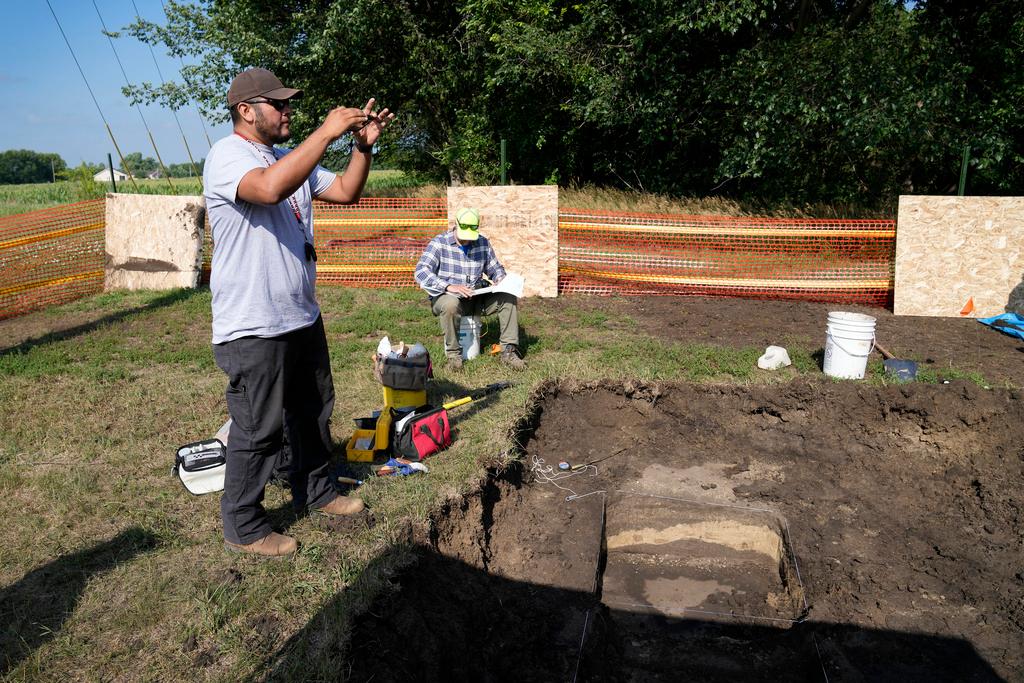
Rolling out vaccine access by age group has changed the trajectory of the COVID-19 pandemic in Colorado, even as cases and the rate of positive tests are back on the rise among younger age groups and yet another variant of the virus has been detected in the state.
In Colorado and most other states, the idea behind the vaccine rollout was to prioritize seniors and save vulnerable lives. That appears to be working, as the number of deaths has fallen in the state, while hospitalizations are flat.
But the greatest progress is being seen in case counts by age group, where the percentage of the state’s cases that are occurring among seniors has fallen dramatically as they have chosen to be inoculated.
“We have nicely seen a response to that vaccine,” said Dr. Eric France, Colorado’s chief medical officer. “Cases are going down.”
The percentage of infections now occurring among older Coloradans is running well below what had been the group with the lowest percentage: school-aged children.
At the peak of last fall’s devastating surge, those 70 and older were twice as likely as those aged 4-17 to get a positive COVID-19 test. Now, the 7-day case incidence rate of children in Colorado is more than triple that of older adults. The rate for both groups remains below last fall’s high.
And the data track closely with the vaccination of those older than 70. That push started in late December, a point at which older seniors were still catching COVID-19 at a higher rate than school-aged children.
But within a month and a half, the lines on the chart had crossed and ever since incidence of the virus among the oldest Coloradans has continued to drop.
“We've seen cases decline precipitously for people 70 and older to the point now that their rates are actually lower than school-age kids, which used to be the lowest rate in the state,” France said.
“I think it reflects the state’s strategy,” to prioritize older Coloradans for the vaccine shots, said Dr. Jon Samet, an epidemiologist and the dean at Colorado’s School of Public Health, who directs COVID-19 modeling for the state.
“I would agree completely,” said Dr. Sean O’Leary, a pediatric infectious disease specialist at Children's Hospital Colorado. “Vaccines work.”
“We’re relieved, our members are relieved,” said Bob Murphy, state director of AARP Colorado, one of the state’s biggest advocacy groups, with 670,000 members. “They're beginning to feel that they can go out again and socialize with other folks who have been vaccinated.”
Coloradans aged 70+ accounted for the vast majority of deaths during the pandemic.
The vaccination campaign also seems to have come just in time. The late fall wave crested with the highest number of deaths in Colorado of the pandemic. Eighty people died Dec. 9, many of them older Coloradans. A variety of efforts were taken to flatten the curve, including tougher restrictions statewide, and that could have played a role in downward trends in the COVID-19 data.
In mid-February, coronavirus deaths statewide dropped below 10 a day. In recent weeks, the number is often less than five a day. Though those numbers often lag other gauges of the virus, vaccinations seem to have played a role in suppressing the virus’s lethality in the state.
“We’re certainly seeing a drop in deaths,” Samet said.
During the pandemic in Colorado, seniors in the 70 and up group accounted for 78 percent of deaths and 40 percent of hospitalizations. That’s even though they make up just 9 percent of the population.
On Saturday, Gov. Jared Polis announced that 80 percent of Coloradans aged 70 and older have now gotten at least one dose of the vaccine.
“I’m incredibly proud of the milestone,” said Polis, calling it “one step closer to full protection from this deadly virus.”
Colorado is not through the pandemic yet.
But while getting seniors vaccinated has improved outcomes and protected hospital capacity, Colorado remains far from suppressing the virus.
The rate of tests returning positive results, as averaged over seven days, is now back above 5 percent, about where it was in early February. The state is back to uncovering 1,500 cases or more per day, another return to February levels.
On Tuesday, the state announced that a variant of the coronavirus first detected among travelers from Brazil has now been identified in tests from two residents of Boulder County. The variant, known as P1, is more transmissible, and possibly more severe than other versions now circulating, and perhaps able to re-infect people who had previously contracted COVID-19 and recovered. Early indications are that the Pfizer vaccine is effective against that variant, and experts believe the Moderna vaccine, and perhaps others, will be too, but not enough study has yet been completed to know for sure.
Another sign of potential trouble: Summit County Monday joined Pitkin as the second county in slipping back to Level Orange on the state dial. That means tightening restrictions for restaurants and other businesses — from 50 percent capacity under Level Yellow to 25 percent capacity at Orange.
“It's a real concern. We’re by no means out of the woods,” said O’Leary, noting that the vaccines are “pretty good” at stopping the variants that are out there right now. “But the more circulation that happens, the more likely you are to get other variants. What happens if we get a variant that is able to escape these vaccines? Then, it's almost like we're back at square one.”
Polis’s decision last week to free about half the state’s counties from COVID-19 restrictions is not likely to help reverse that new bump in overall caseload.
Public health leaders are amplifying the message that with so many factors in flux, and cases rising again, Colorado is at another key juncture in the pandemic.
“We are spreading high rates of infection. We're seeing increased mobility. We're seeing variants being introduced to Colorado, especially over the spring break period where we've had increased travel,” said Liane Jollon, executive director of San Juan Basin Public Health in southwest Colorado. With only a portion of the population vaccinated, “it’s so important we continue following public health precautions,” like wearing a well-fitted mask, keeping a distance and avoiding crowded indoor spaces.
Public health experts believe 70-85 percent of people need to be vaccinated to halt the ongoing community spread of the virus.
“This pandemic is not yet over,” Comstock said.
Still, COVID vaccines are creating a path back to 'normal.'
But the precipitous drop in cases among people with access to the vaccine offers hope of a return to normalcy this summer, as everyone 16 and older should be able to get shots by no later than Memorial Day under the current timeline.
Phase 1B.1 started Dec. 30, with shots going to Coloradans aged 70 and up, moderate-risk health care workers, and first responders. Then, on Feb. 8, the next phase began with Coloradans aged 65-69, Pre-K to grade 12 educators and child care workers in licensed child care programs and state government. The state expanded the categories over the next few weeks and the state made vaccines available to everyone 16 and older on April 2.
About a quarter of all of Colorado’s vaccine shots have gone to those 70 and older, with those ages 60-69 accounting for nearly that same percentage, according to the state’s website.
National trends for the older population seem to mirror Colorado’s experience. After vaccines started to arrive in long-term care facilities at the end of last year, new cases and deaths dropped sharply in nursing homes, faster than national declines, according to an analysis of federal data by the New York Times. Another study, from the federal Centers for Medicare and Medicaid Services, found nursing home deaths fell 66 percent by mid-February, and new cases declined 83 percent.
“I think we can fairly, with some confidence, say that’s probably related to vaccination,” O’Leary said.









